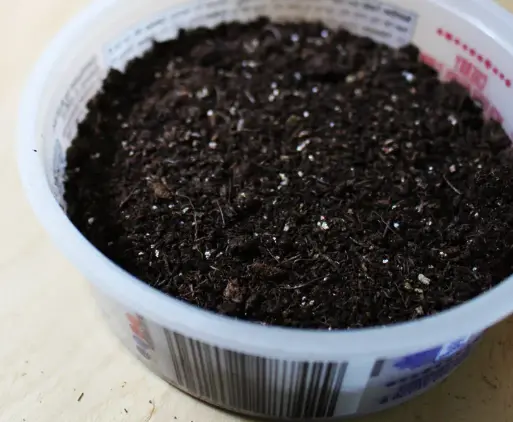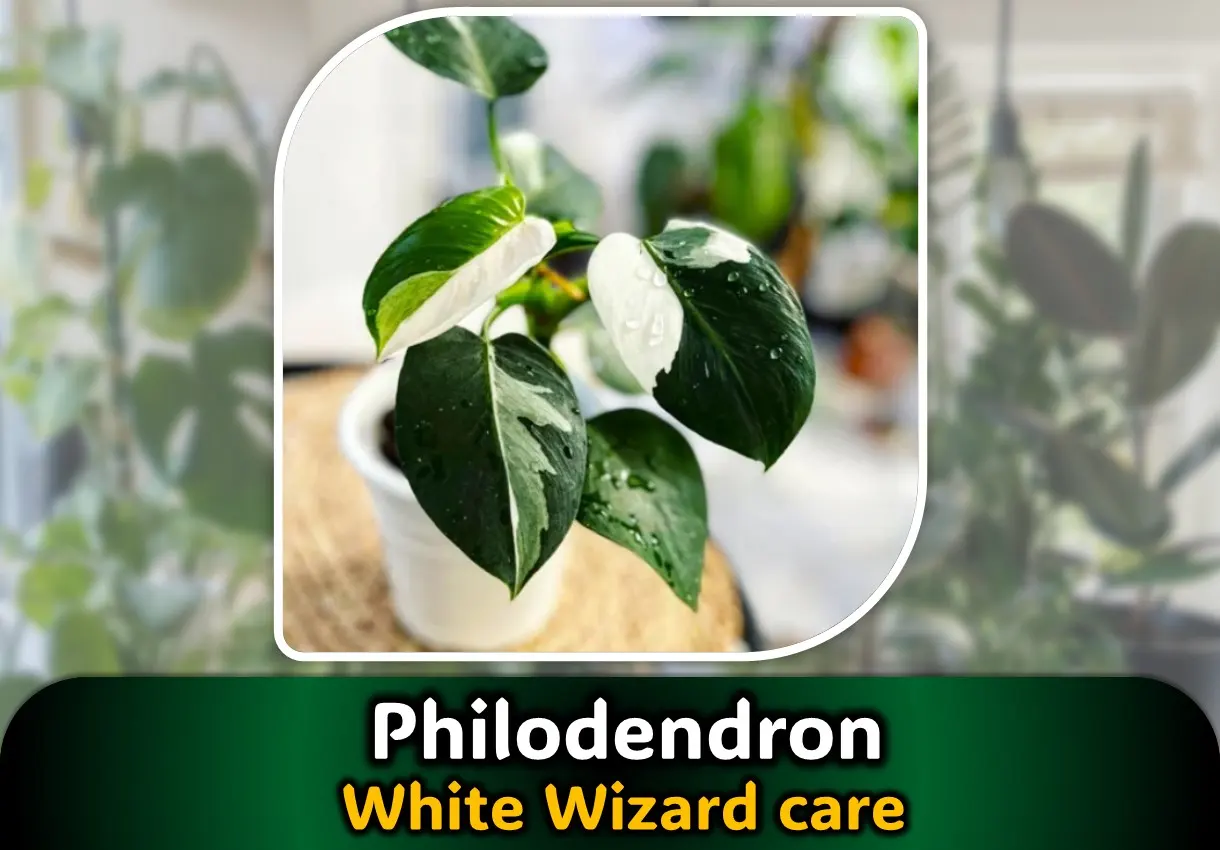Alocasia heterophylla corazon care, propagation-All you need to know
Are you searching for a detailed guide to maintain alocasia heterophylla corazon plant? The unique foliage shape with a beautiful arrangement of leaves can bring an extraordinary look to your house.
This is a moisture-loving and bright sunlight-requiring plant which needs almost 48-88°F with 60-70% humidity. You can complete their propagation by using a stem part. But be conscious of the pest attack, overwatering, sunlight, and temperature issues that can cause brown or curly leaves.
So if you want to know more techniques for better nourishment, jump into the main part of this article and find the information that you need.
Alocasia heterophylla corazon overview
| Scientific name | Alocasia heterophylla ‘corazon’ |
| Family | Araceae |
| Origin | Philippines |
| other names | Alocasia manilensis, Caladium heterophyllum |
| Plant height | Around 40cm tall |
| Plant type | Tropical lowland |
| Leaf | Long sagittate green-colored leaf with dark green margin |
| Stem | Green stems |
| Sunlight | Indirect sunlight |
| Watering | Regular watering when the soil is dry |
| Humidity | 48-88°F |
| Temperature | 60-70% |
Where to buy alocasia heterophylla corazon?
To buy alocasia heterophylla corazon, you may order in reliable online plant shops like Etsy. Well, you may also search for it in your local nurseries. But as it is a rare plant, it may become hard to find.

Again, sometimes local nurseries sell different plants having almost the same characteristics. So if you aren’t properly familiar with the characteristics of the plant, you may have a risk of not getting it.
Alocasia heterophylla corazon plant care
In the case of a caring guide, you should focus on their light intensity, watering schedule, temperature and humidity effect, fertilizer requirement and most importantly the nutrition status of the soil medium.
Light requirement
First of all, I want to describe the necessity of light intensity for this houseplant. Heterophylla leaves can develop well if you provide bright sunlight for 6 to 8 hours per day. But remember, it should not face direct sunlight which may burn the leaves. Bright but indirect light is appropriate for them.
Watering guide
Next, let’s talk about their watering guide.
Alocasia heterophylla is a water-loving plant. For their better improvement, you have to water it regularly so that the soil water doesn’t get dry. But at the same time, the soil should not be soggy which may increase fungal growth and other diseases.
Best soil
After that, you should remain conscious about the soil medium that you have prepared for planting your heterophylla plant. Soil mixture can be prepared by sandy loam soil, perlite, coco-peat and sphagnum moss. It will facilitate plant growth by providing enough nutrients. This development can be further increased by keeping the soil pH slightly acidic.
Temperature and humidity
Alocasia heterophylla plants need an optimum temperature of 48-88°F. The temperature should not go below at least 45°F. Otherwise, the plant fluids may become crystallized by frost attack and initiate physiological drought. Again, maintain the humidity level between 60-70% humidity to regulate the normal life cycle.
Fertilizer requirement
Finally, I want to close the watering topic with fertilizer application which is a crucial factor of this plant. You should fertilize once or twice a year during spring. If you use fertilizer twice, provide one split before spring and another split in late summer. Liquid fertilizers are more appropriate to use in your plant.
Alocasia heterophylla corazon plant propagation
Propagation means multiplying heterophylla by separating their stem, root, leaf or any other body parts from the mother plant and planting them in other pots.
You will require a pot, a knife or a pair of scissors, proper soil mixture of coco-peat, sandy loam soil, perlite and sphagnum moss. The metallic materials should be disinfected before use in propagation. Let’s go through the steps-
Step 1: Selecting the mother plant– Choose a healthy mother plant that is disease-free and mature enough.
Step 2: Dividing stem– divide the rhizome with a knife or scissors and keep it in a moist environment free of any microorganisms. Make sure that at least one rootlet is attached to the cutting.

Step 3: Planting – Plant the cutting in the new pot full of soil mixture and water a little to your plant.

How to repot alocasia heterophylla corazon?
If you notice overwatering or root-bound problems in your plant, repotting may be the best solution to save it. For this purpose, just take out the plant from the previous pot, prepare a new pot with the pre-mentioned materials and plant it in the new pot. Maintain favorable environmental conditions for adaptation of the plant to the new environment.
Why are my alocasia heterophylla corazon leaves turning brown?
Alocasia heterophylla leaves can turn brown due to excessive watering or pest attack on the plant. Remember, overwatering can cause root rot which may hinder the activities of the plant and this problem is expressed through brown leaves. Pests also create brown spots on the leaves.
Why is my alocasia heterophylla corazon curling?
Alocasia heterophylla leaves may become curled due to underwatering, excessive sunlight or too much temperature effect. Extreme temperature increases the transpiration rate which makes extreme extraction of water from leaves. If you don’t provide enough water to your plant, it will face stress and the leaves will become curl due to the lack of water.
Alocasia heterophylla corazon vs alocasia scalprum plant
Alocasia heterophylla corazon plant can be much related to the alocasia scalprum plant. They are almost the same in foliage color. But the veinlets are more clear in the scalprum plant whereas only the main veins of the leaves are seen in the heterophylla leaves.

Alocasia heterophylla corazon vs alocasia boyceana plant
Here is presented one more plant called alocasia boyceana which almost resembles the heterophylla plant. But the boyceana leaf margins are wavier than the heterophylla. The leaf color of boyceana is also darker than heterophylla corazon.

Is alocasia heterophylla corazon rare?
Yeah! Alocasia heterophylla has become a rare plant due to two reasons.
1. As they grow naturally, there is no commercial production of this plant.
2. They cannot adapt to extremely cooler regions.
Final thoughts
So, here we have reached the end point of our discussion. Such a beautiful plant like alocasia heterophylla corazon can make your house environment soothing and enjoyable. And to maintain their foliage, you have to be strict on some requirements.
Meanwhile, I have stated all the details about these necessities. So if you find it favorable, apply it to your plant and try to keep the consistency of your beauty.






